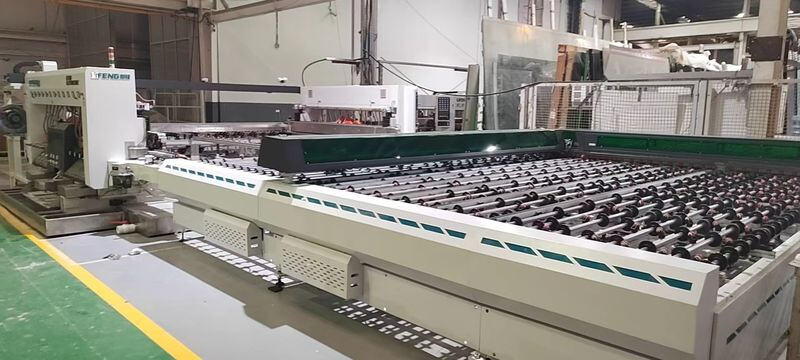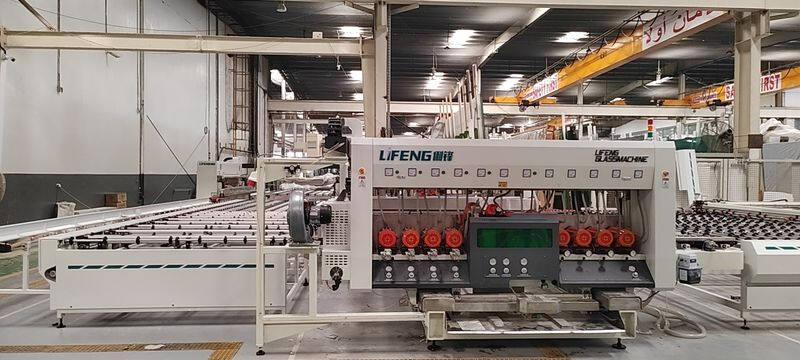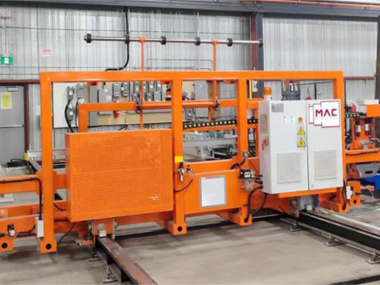acoustic laminated glass
Acoustic laminated glass represents a sophisticated advancement in architectural glazing technology, combining multiple layers of glass with specialized acoustic interlayers to create a highly effective sound barrier. This innovative glass solution consists of two or more glass panes bonded together with polyvinyl butyral (PVB) or similar acoustic interlayers, specifically engineered to dampen sound waves and reduce noise transmission. The interlayer acts as a dissipative medium, converting sound energy into heat through molecular friction, effectively diminishing the amount of noise that passes through. The technology behind acoustic laminated glass involves precise engineering of the interlayer thickness and composition, optimized to target specific sound frequencies commonly found in urban environments. Beyond its primary function of sound reduction, this specialized glass also provides enhanced safety features, as the laminated construction prevents the glass from shattering upon impact. Applications of acoustic laminated glass span across various sectors, from residential buildings in noise-sensitive areas to commercial structures near airports or busy highways. It has become increasingly popular in modern architecture, particularly in urban developments where noise pollution is a significant concern. The glass can reduce sound transmission by up to 75% compared to standard single-pane glass, making it an essential component in creating peaceful indoor environments.


